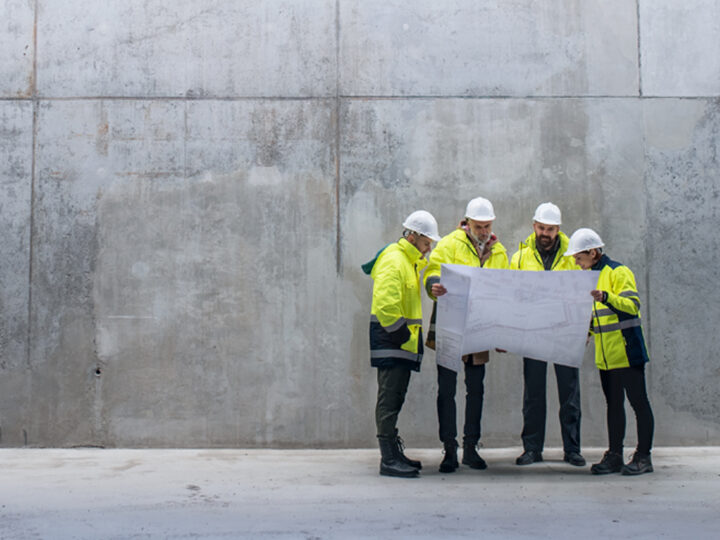
Construction Delay: 10 Things Design Professionals Need to Consider
Article provided courtesy of Gary Prather, founder and president of Architects and Engineers Dispute Resolution Group.
1. Remember construction is driven by information & decisions:
- Submittals
- Requests for Information
- Change Orders
Responding to submittals, shop drawing and legitimate requests for Information (RFIs) take time. Staffing for construction phase services needs to be realistic. If the client wants to limit your involvement during construction ask that your agreement includes language that clearly states the client assumes the risk that comes with design without or limited construction phase services.
2. Be proactive. It’s not so much that there are errors and omissions in the drawings, it’s how quickly you act to correct them that makes the difference.
3. The specifications should require the contractor to provide a current submittal schedule with each payment application starting with their initial request. Address this requirement during the pre-construction conference and stress that payment applications will not be processed without the accompanying submittal schedule.
4. Take steps to assure the contractor is fulfilling their responsibility for coordinating submittals and shop drawings before sending them on for your review. Require the contractor to provide their coordination protocol and audit the contractor to confirm that the procedure is being effectively implemented.
5. Don’t let the contractor overload you with submittals and shop drawings. Meet with the owner and contractor to discuss the reasonableness of the contractor’s submittal schedule. Don’t wait for the contractor to complain. Take a leadership role starting with the contractor’s initial submittal schedule.
6. Take commitments seriously. Don’t over promise. Contractor meeting minutes and correspondence that chronicle your “to do” failures paint a less than flattering picture your commitment to the project.
7. Keep an RFI score board. Track redundant and erroneous information requests. Don’t hesitate to schedule RFI meetings with the owner and contractor to prioritize outstanding RFIs. If you don’t take a leadership role the contractor will.
8. Specify pre-installation meetings for all critical construction activities. Make sure that everyone is on the same sheet of music including the construction trades, manufacturers’ reps and suppliers. Pre-installation meetings can be your best risk management tool for reducing construction defects, catching design errors/omissions, eliminating construction delays and avoiding a messy professional liability claim.
9. Include a CPM schedule requirement in the contract documents. Monitoring construction progress is every bit as important as tracking the construction dollars. Monthly updates provide the information needed to make sound decisions and implement needed corrective action. The 2007 AIA Owner-Architect agreements require the Architect to advise the Owner on construction progress. Complying with this duty is best accomplished with a regularly-updated construction schedule.
10. If at all possible, assure that the bidding documents have a passing grade from the codes department on bid day. Awarding the contract for construction without a building permit in hand can result in costly changes orders and delay claims. Address this issue in your contract and explain that the owner needs to assume these risks as a trade off for a project schedule that allows bidding and award before all the code-related changes have been incorporated into the design.
ABOUT THE AUTHOR
Mr. Prather is founder and president of Architects and Engineers Dispute Resolution Group. Gary is a licensed design professional with extensive design-construction experience including risk management, loss prevention, construction management, general contracting, design-build, claims and management consulting. Mr. Prather works with design firms, attorneys and insurance companies to improve design management practices, increase operational performance, execute project turn-arounds and resolve complex construction disputes involving professional liability exposures. He is a recognized authority on contractual risk transfer and professional liability issues confronting design professionals. Mr. Prather regularly writes and speaks on emerging industry trends.






